Background
Before the launch of self-serve returns, customers were unable to initiate returns independently on the platform, which was the primary source of negative feedback and low NPS scores. This limitation also placed a heavy burden on the customer experience team, who had to manually troubleshoot each return and provide personalised support. With a clear goal to reduce this pain point, the team set out to empower users to create and manage their returns autonomously. Here’s an inside look at how we brought this vision to life.
The goal
Implement self-service workflows that allow users to initiate, track, and complete returns independently reducing operational overhead and minimizing reliance on Customer Experience.
The problem
The lack of a self-serve return solution leads to a poor customer experience, as users are unable to independently initiate or manage their returns. This limitation not only drives negative feedback but also places additional strain on the Customer Experience team, who must manually manage all return-related requests.
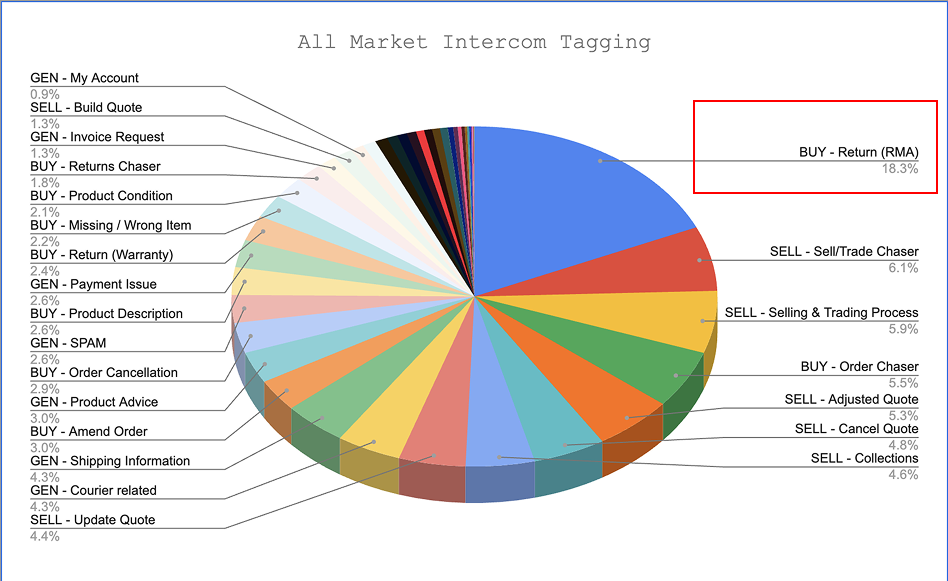
The chart shows the volume of inbound conversations handled by the Customer Experience team, with returns making up the majority. This points to a clear opportunity to reduce support load by introducing a self-serve returns flow.
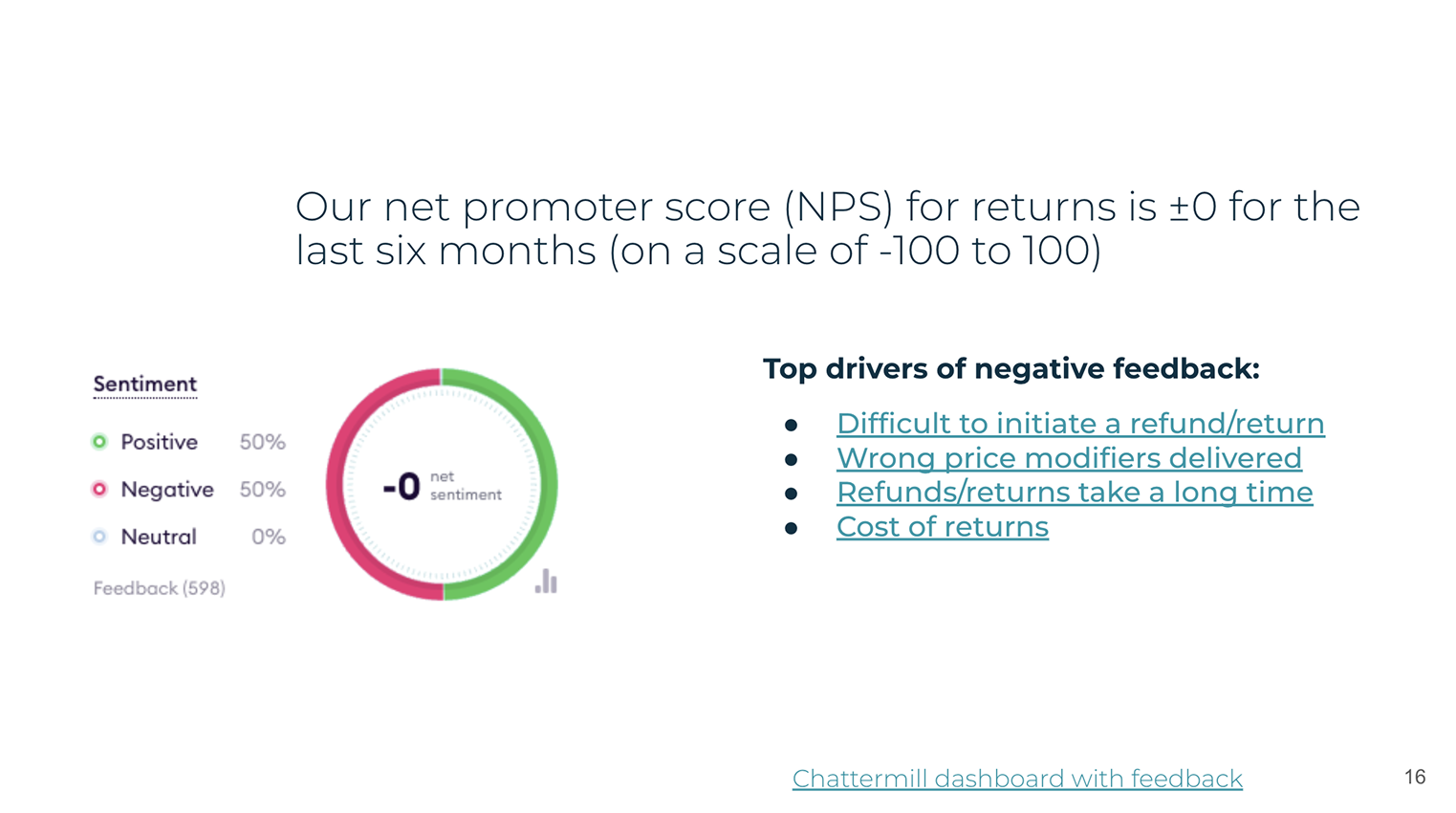
NPS scores for return-related queries, highlighting key drivers of negative feedback in the returns experience.
Challenges
• We had to deliver value sooner. To keep momentum and start improving the returns experience quickly, we split the work into Phase 1 and Phase 2. Phase 1 focused on delivering the most impactful self-serve capabilities early, while Phase 2 layered on more complex workflows and integrations.
• We needed to preserve essential human touchpoints. For some return reasons, such as faulty items, we created a hybrid process where automated workflows collected detailed information upfront before escalating to a Customer Experience advisor for resolution.
• We were working with legacy systems. The returns infrastructure was not initially built to support self-serve functionality, so we had to design a solution robust enough to integrate with old processes without breaking them, while still accommodating new features.
These hurdles helped shape the solutions that follow
Solution overview
To introduce self-serve returns on the platform, we took a dual-pathway approach that addressed both the user experience and internal team efficiency.
What we did:
• We enabled users to initiate returns directly from the transaction page in their account.
• We rolled out a unified return experience across all markets, allowing users to start and complete RMA-type returns independently
• We created enhanced workflows within Intercom using their AI agent (FIN) for context-aware return paths, featuring tailored conversational flows per return reason (e.g., faulty items, incompatibility, condition disputes).
• This streamlined data collection at the start of the return journey to reduce back-and-forth and improved the quality of information handed off to Customer Experience advisors.
What's the impact?
• Steady returns flow adoption, 766 customers initiated returns via the new self serve flow within the first 3 weeks
• 61% of returns resolved without an agent's intervention
• Customer experience team workload reduced, freeing time to focus on complex and high value issues
• CSAT is consistently high with 94.1% for Self serve returns vs 77.8% for the legacy returns process.
• Time to resolve and close a support ticket dropped from over 5 hours to 3hours 25 minutes within the first 3 weeks of launching Self serve returns.
• Average replies per ticket halved from 5 to 2.6 within the first week - which means the Customer experience team are getting enough information upfront regarding the customer's return.
• Returns volume and values remained within expected historical ranges, indicating no operational disruption or spike in users return.
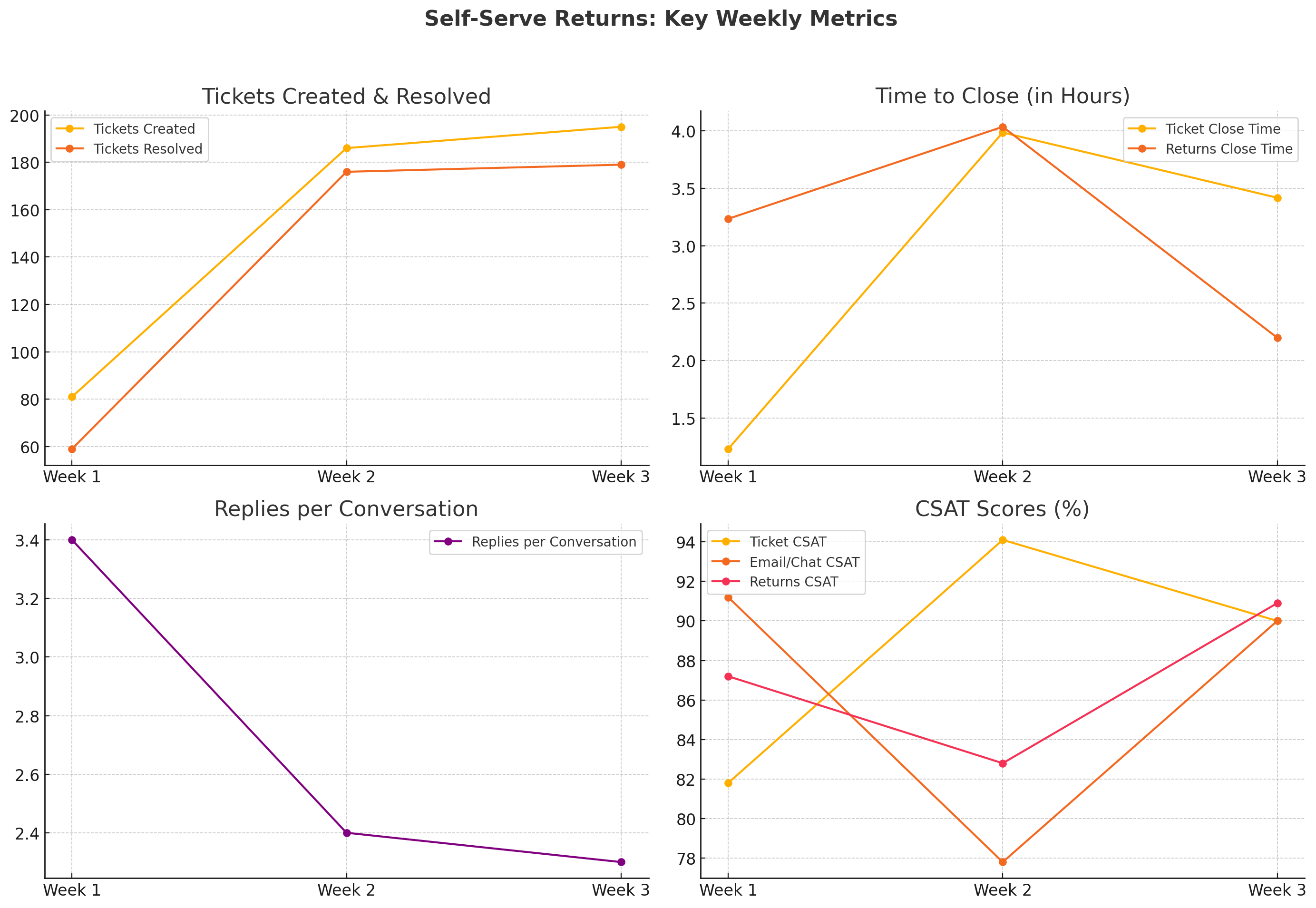
What we shipped
Self serve returns initiation for all users within the account section.
Rather than contacting the customer experience team through chat or email, users can now start a return, add items, and select their preferred resolution directly within their Account section.
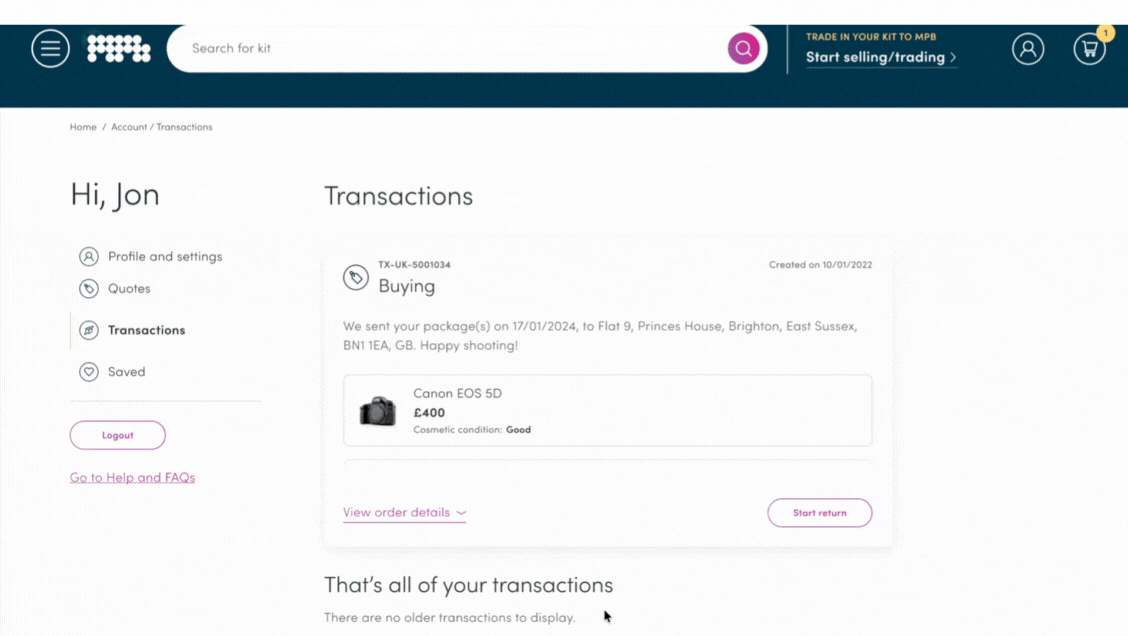
Autonomous returns resolution configuration
Users no longer need to wait for a customer experience advisors to manually configure their returns resolution.
• Configure how they want their returns to be picked up. Either home collection or Drop off
• Review return
• Returns confirmation page and see packaging steps
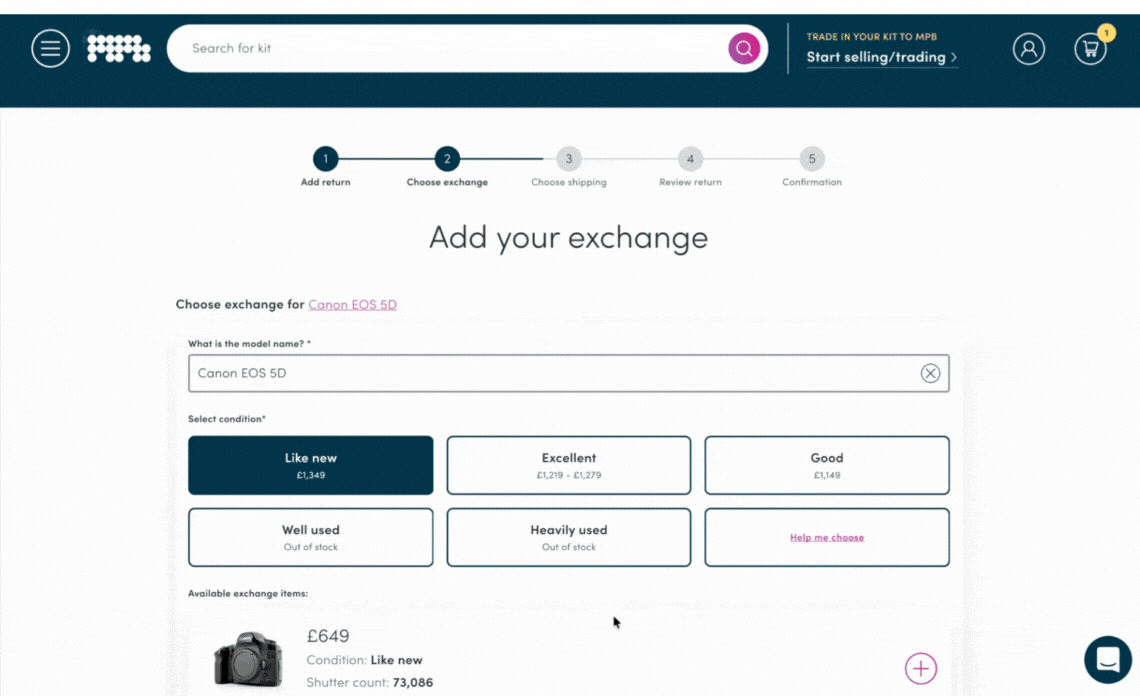
What we shipped (UI snapshot)






The approach
A Data-Driven, Insight-Led Process
The design approach for self-serve returns was deeply rooted in continuous discovery and insight gathering. We combined quantitative data, behavioral analytics, and qualitative research to build a comprehensive understanding of the returns experience from both user and operational perspectives. The UX researcher played a pivotal role in uncovering user needs, motivations, and pain points through user interviews, surveys, and diary studies, surfacing valuable insights that shaped early design hypotheses and assumptions. Alongside research findings. Sentiment analysis from Chattermill & returns related conversations in our customer experience repository added a layer of emotional context, highlighting key drivers of negative feedback. This multi-source, iterative insight gathering allowed us to continuously validate assumptions, prioritize opportunities, and ensure that design decisions were grounded in evidence rather than assumptions.
Collaborative and Cross-Functional by Design
From the outset, the process was highly collaborative, bringing together UX, product, content, research, and customer experience teams. Research insights were synthesized in partnership with the UX researcher, while content designers helped shape clear, user-friendly messaging. Regular alignment with product management ensured feasibility and strategic fit, and continuous engagement with the customer experience team integrated frontline feedback into the solution. This close collaboration across disciplines enabled a well-rounded, scalable design.
Validated Through Iteration
Throughout the project, multiple rounds of user testing, prototype validation, and stakeholder reviews were conducted to refine and optimize the experience. This iterative approach ensured the solution was intuitive, accessible, and effective before launch, while also maintaining flexibility to respond to evolving insights and feedback.

Cross-functional collaboration across design, product, research, and customer experience teams to deliver a seamless self-serve returns solution
Takeaways
• Delivering value early builds trust and momentum. Splitting the work into phases allowed us to get meaningful improvements into customers’ hands quickly, rather than holding everything back for a single big launch.
• Balancing innovation with stability is key. Designing for self-serve meant building new, efficient workflows while ensuring they could integrate smoothly with existing systems and processes without causing disruption.
• Automation works best when it still feels human. The combination of self-serve workflows and selective human interaction created an experience that was both efficient and reassuring, giving customers confidence while reducing support dependency.